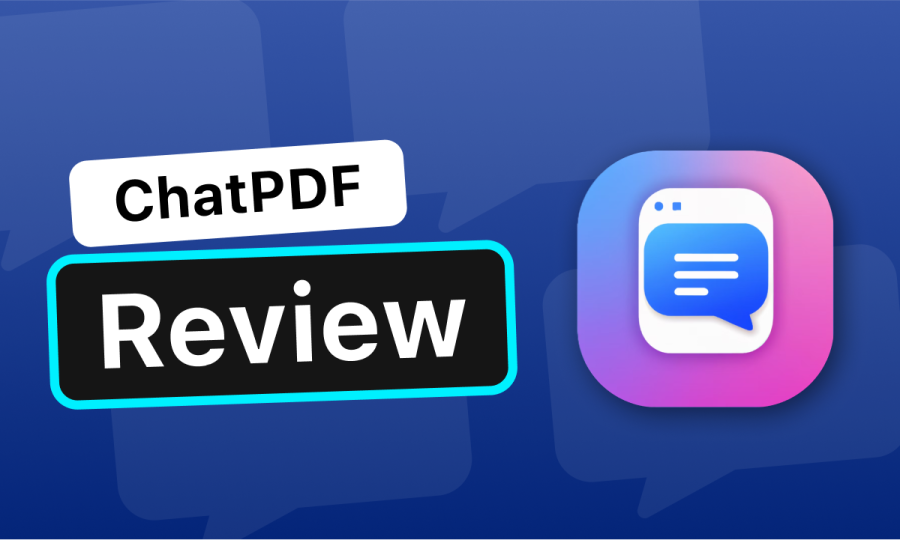Understanding AI: Unleashing the Future
Artificial intelligence (AI) is a rapidly growing field that has the potential to revolutionize the way we live and work. From self-driving cars to virtual assistants, AI is already making its mark on our daily lives. But what exactly is AI, and how does it work? In this article, we’ll explore the basics of AI and its potential impact on the future.
What is AI?
Defining AI
AI is a broad term that encompasses a range of technologies and techniques that enable machines to perform tasks that typically require human intelligence. This can include things like problem-solving, decision-making, and even creativity.
Types of AI
There are three main types of AI: narrow or weak AI, general or strong AI, and super AI.
Narrow AI is the most common type of AI and is designed to perform a specific task or set of tasks. Examples of narrow AI include virtual assistants like Siri and Alexa, as well as self-driving cars.
General AI, on the other hand, is designed to perform any intellectual task that a human can. This type of AI is still in the early stages of development and is not yet widely available.
Super AI, also known as artificial general intelligence (AGI), is the hypothetical future development of AI that would surpass human intelligence and be capable of performing any intellectual task.
How Does AI Work?
Machine Learning

One of the key components of AI is machine learning. This is a technique that allows machines to learn from data and improve their performance without being explicitly programmed to do so.
Machine learning involves feeding large amounts of data into an algorithm, which then uses that data to identify patterns and make predictions. As the algorithm is exposed to more data, it becomes more accurate and efficient at making predictions.
Deep Learning
Deep learning is a subset of machine learning that uses artificial neural networks to process and analyze data. These networks are modeled after the structure of the human brain and are capable of learning and making decisions on their own.
Deep learning is often used in image and speech recognition, natural language processing, and other complex tasks that require a high level of accuracy.
Natural Language Processing
Natural language processing (NLP) is a branch of AI that focuses on teaching machines to understand and interpret human language. This includes tasks like speech recognition, language translation, and sentiment analysis.
NLP is used in a variety of applications, from virtual assistants to chatbots, and is constantly evolving to improve its accuracy and capabilities.
The Potential Impact of AI
Advancements in Healthcare

One of the most exciting potential applications of AI is in the field of healthcare. AI has the potential to revolutionize the way we diagnose and treat diseases, as well as improve the overall efficiency of the healthcare system.
For example, AI-powered diagnostic tools can analyze medical images and identify potential health issues with a high level of accuracy. This can help doctors make more informed decisions and catch diseases earlier, leading to better outcomes for patients.
Increased Efficiency in Business
AI has the potential to greatly increase efficiency in businesses of all sizes. By automating repetitive tasks and providing valuable insights and predictions, AI can help businesses save time and resources.
For example, AI-powered chatbots can handle customer inquiries and support, freeing up human employees to focus on more complex tasks. AI can also analyze data and provide insights that can help businesses make more informed decisions and improve their operations.
Improved Personalization

AI has the ability to analyze vast amounts of data and identify patterns and preferences that can be used to personalize experiences for individuals. This can be seen in the recommendations provided by streaming services like Netflix and Spotify, as well as in targeted advertising.
As AI continues to advance, we can expect to see even more personalized experiences in areas like healthcare, education, and entertainment.
The Challenges of AI
While the potential benefits of AI are vast, there are also some challenges that must be addressed as the technology continues to develop.
Bias and Ethics
One of the biggest concerns surrounding AI is the potential for bias and ethical issues. AI algorithms are only as unbiased as the data they are trained on, and if that data is biased, the algorithm will be as well.
This can lead to discriminatory outcomes, such as biased hiring practices or biased loan decisions. It’s important for developers to be aware of these issues and actively work to mitigate them.
Job Displacement

Another concern is the potential for AI to displace human workers. As AI becomes more advanced, it has the potential to automate many jobs that are currently performed by humans.
While this could lead to increased efficiency and productivity, it could also result in job loss and economic disruption. It’s important for society to consider how to address these potential consequences and ensure that the benefits of AI are shared by all.
Real-World Examples of AI
Character AI
One example of AI in action is character AI, which is used in video games to create more realistic and dynamic characters. This technology allows characters to learn and adapt to player behavior, making for a more immersive gaming experience.
Langchain AI
Langchain AI is a language translation tool that uses AI to provide accurate and efficient translations. This technology is constantly learning and improving, making it a valuable tool for businesses and individuals who need to communicate in multiple languages.
Conclusion
AI is a rapidly advancing field with the potential to greatly impact our lives in a variety of ways. By understanding the basics of AI and its potential applications, we can better prepare for the future and ensure that this technology is used for the benefit of all.







Kommentarer (0)